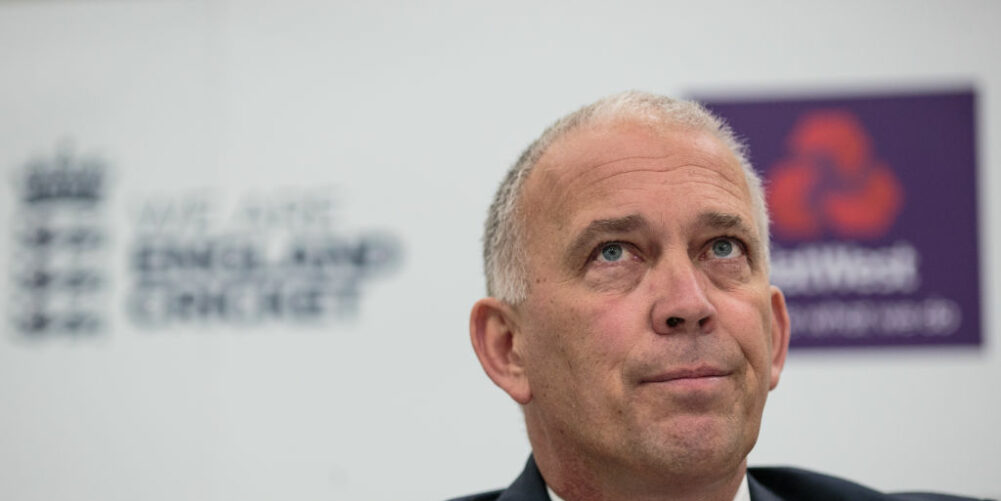By Peter Hayter
James Whitaker is a decent bloke whose efforts to help find the right players for England were tireless. But it is one thing watching loads of cricketers play and another thing entirely being able to see if they can play.
Former England coach Duncan Fletcher, who, with skipper Michael Vaughan and chairman of selectors David Graveney, put together the team that brought them England’s memorable Ashes victory of 2005, reckoned it took him about 15 minutes to work out if a player had what it takes, sometimes less.
And that knack enabled him to fast track Vaughan and Marcus Trescothick into the England set-up, though, for the sake of fairness it has to be said he was never totally convinced about Alastair Cook.
But Whitaker’s record as the second highly-paid National Selector, in succession to Geoff Miller, suggests he and his panel got more wrong than right and, in the end, despite the announcement of his departure being couched in terms of a new approach and a new system for selection, being why he and his panel had to make way.
In ODI cricket they persevered far too long with the old guard, including Cook, Ian Bell and, for all his many qualities, Jonathan Trott, and it was only the disaster of the last World Cup that forced a change in personnel and approach.
But the performance of Whitaker and his panel when trying to build a Test team has appeared at times to be close to the old revolving door days of the 1990s.
When Whitaker took over in 2013, the first new cap he awarded went to Ben Stokes, over whose selection there can be no argument.
But when Mason Crane was handed his for the final rubber of the Ashes defeat, he became the 27th player called up for England in this format by the soon-to-be outgoing panel and the proof of their success in picking quality is that, for various reasons, many of those may well never play another Test.
There have been other notable hits, like Chris Woakes and Moeen Ali. Mark Wood and Toby Roland-Jones may prosper if they can stay fit. And there are genuine hopes that Dawid Malan, Mark Stoneman and Craig Overton possess the right stuff. Though why Stoneman had to wait so long for his go remains a mystery.
Among the batsmen tried and discarded, at least for the moment, Haseeb Hameed should come again, so too might Keaton Jennings and Tom Westley, but Alex Hales seems to have ruled himself out and Jos Buttler appears a square peg.
Gary Ballance, already given too many chances, will surely not get another though, nor, sadly, Sam Robson, Adam Lyth, Ben Duckett or Scott Borthwick. James Vince? Your guess is as good as anybody’s.

As for the bowlers, step backwards please, Boyd Rankin, Liam Dawson, Simon Kerrigan, Adil Rashid, who has been allowed to give up Test cricket in order to play white-ball stuff only, and Zafar Ansari, who has packed the game up completely.
Is there really a way back for Jake Ball or Chris Jordan?
The fact that so many have been given a crack indicates how hard Whitaker has worked to make sure no stone has been left unturned and, to many, it also underlines the gulf in class between the domestic and international game.
And it is self-evident that you never know if a player can play Test cricket until he does.
When the news came through this week that Whitaker was to be removed from his post, my first reaction was to recall a Press briefing at the start of last summer at Edgbaston when the phrase he appeared to use most often was “no-one has a crystal ball”.
Maybe not, but in the absence of second sight, what selectors do need, is the innate ability to spot players who have a better chance of succeeding than failing.
And when all else is said and done, that is why England are now looking for a fresh pair of eyes.












